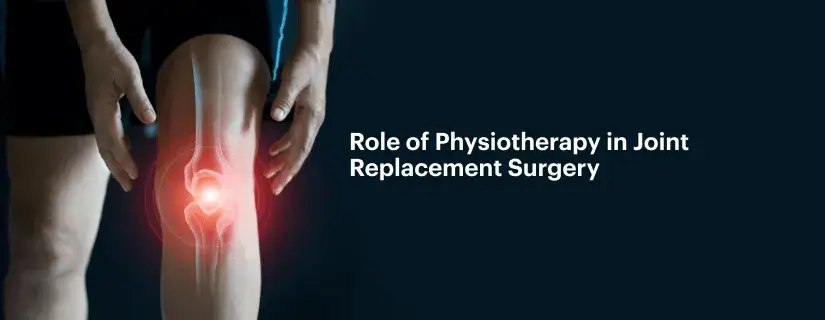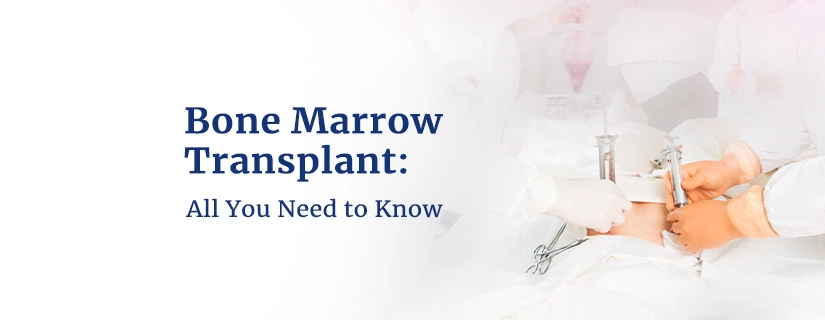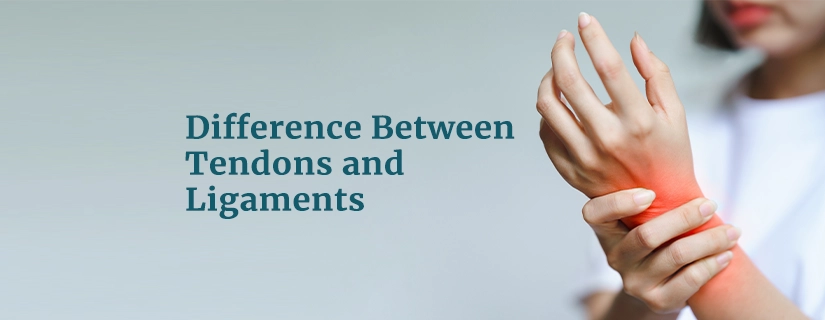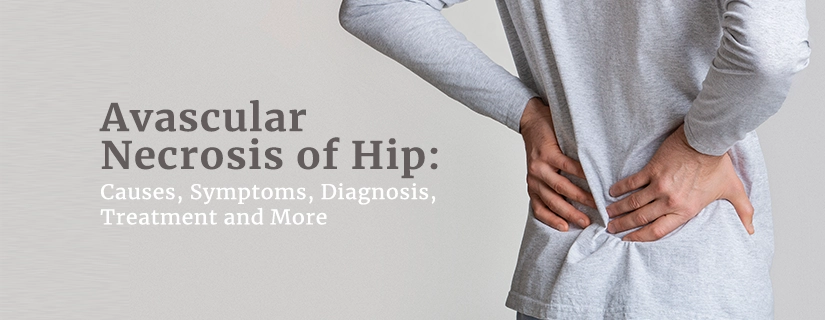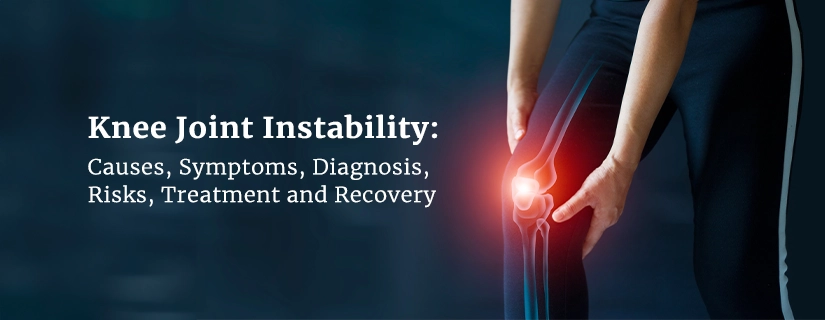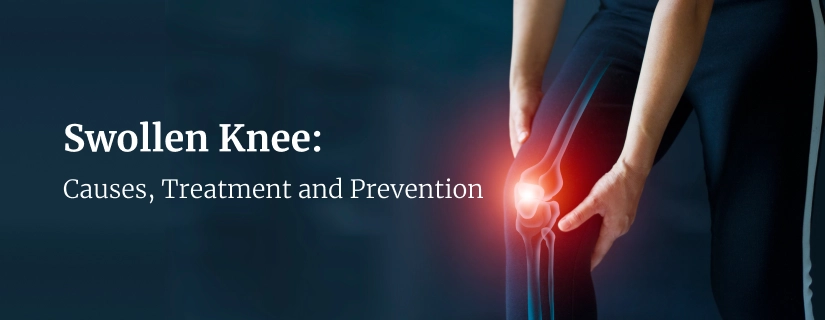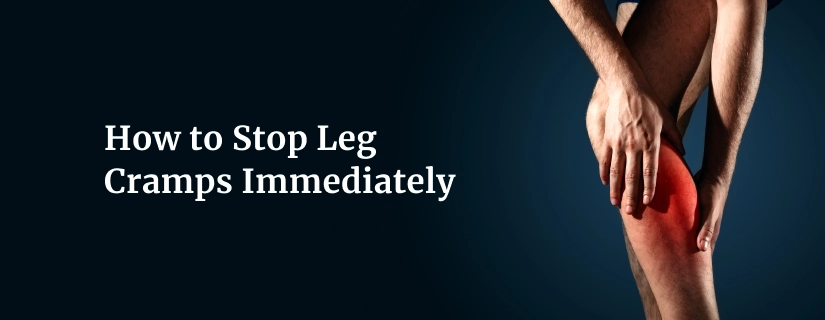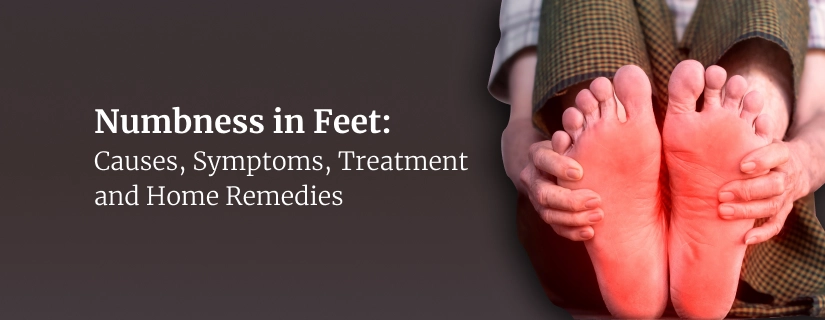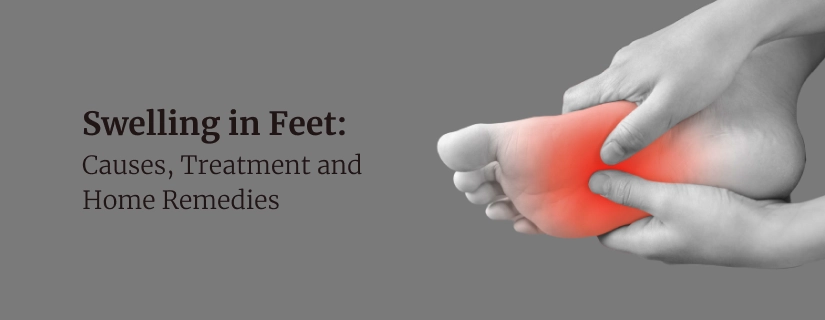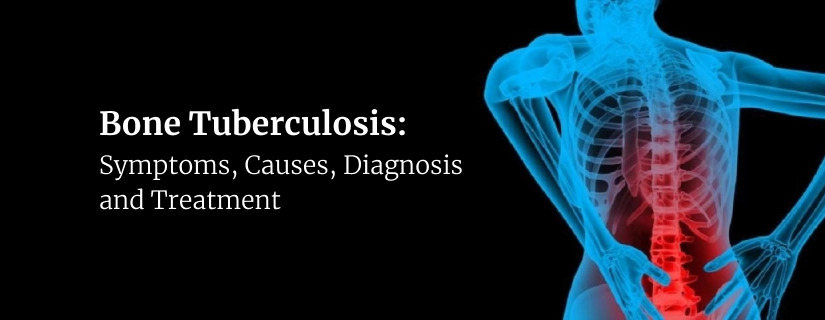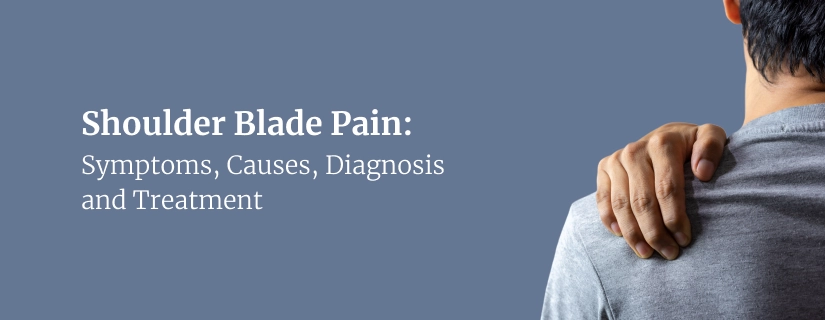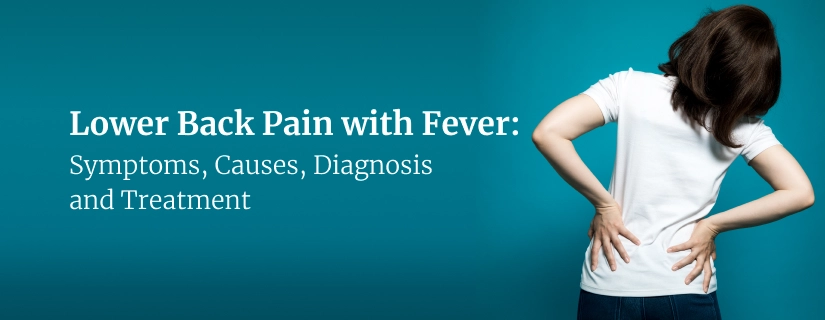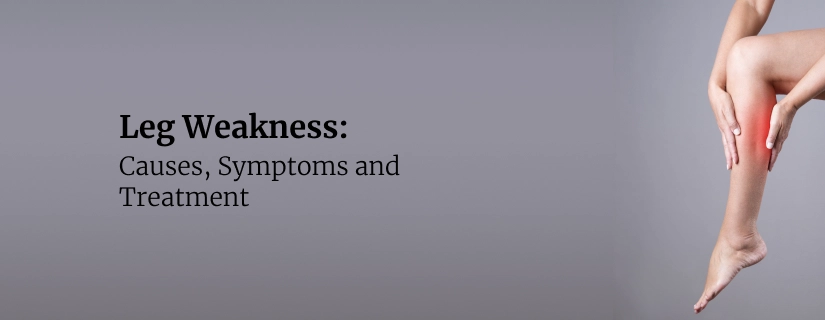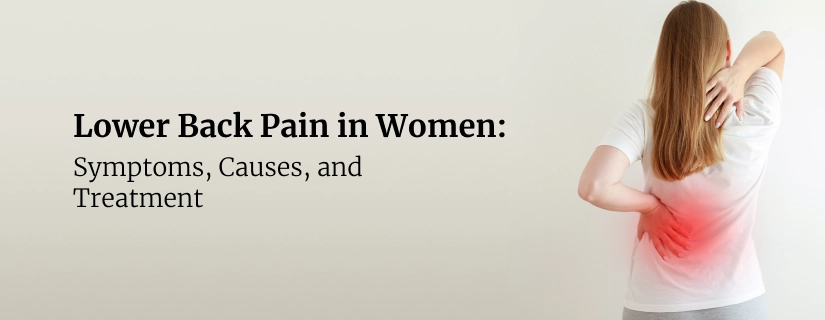-
Doctors
-
Specialities & Treatments
Centre of Excellence
Specialties
Treatments and Procedures
Hospitals & Directions HyderabadCARE Hospitals, Banjara Hills CARE Outpatient Centre, Banjara Hills CARE Hospitals, HITEC City CARE Hospitals, Nampally Gurunanak CARE Hospitals, Musheerabad CARE Hospitals Outpatient Centre, HITEC City CARE Hospitals, Malakpet
HyderabadCARE Hospitals, Banjara Hills CARE Outpatient Centre, Banjara Hills CARE Hospitals, HITEC City CARE Hospitals, Nampally Gurunanak CARE Hospitals, Musheerabad CARE Hospitals Outpatient Centre, HITEC City CARE Hospitals, Malakpet Raipur
Raipur
 Bhubaneswar
Bhubaneswar Visakhapatnam
Visakhapatnam
 Nagpur
Nagpur
 Indore
Indore
 Chh. Sambhajinagar
Chh. SambhajinagarClinics & Medical Centers
Book an AppointmentContact Us
Online Lab Reports
Book an Appointment
Consult Super-Specialist Doctors at CARE Hospitals
Musculoskeletal Pain: Types, Causes, Symptoms and Treatment
Updated on 16 August 2024
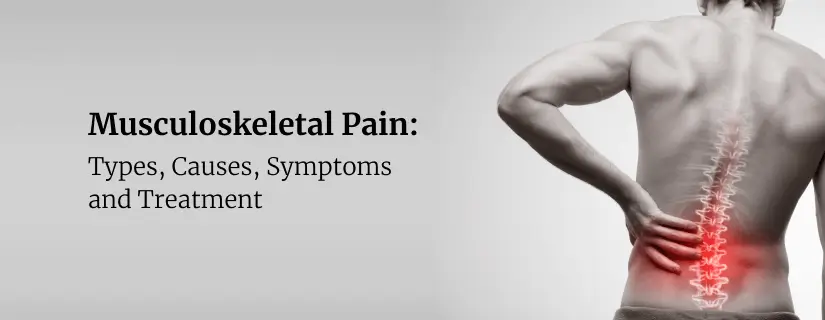
Musculoskeletal pain affects millions worldwide, causing discomfort and limiting daily activities. This common health issue can strike anyone, from office workers to athletes, and it often profoundly impacts the quality of life. Understanding the symptoms and treatments of musculoskeletal pain is crucial for those seeking relief. This article explores the causes of musculoskeletal pain, how doctors diagnose it, and the various options for musculoskeletal pain treatment.
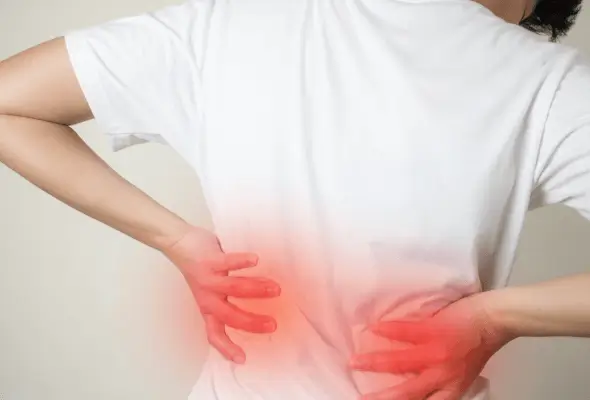
What is Musculoskeletal Pain?
Pain in the musculoskeletal system refers to acute or chronic pain affecting the bones, muscles, ligaments, tendons, and nerves. It is a common medical and socioeconomic issue worldwide.
Musculoskeletal pain is primarily somatic in nature, meaning it originates from the musculoskeletal system. However, it can coexist with other pain syndromes, such as neuropathic (nerve-related) or visceral (organ-related) pain.
The pain can be localised, affecting a specific area of the body, or widespread, affecting the entire body. It can be acute, sudden, and severe or chronic, lasting for an extended period.
Types of Musculoskeletal pain
Musculoskeletal disorders symptoms can manifest in various forms, affecting different body parts. The most prevalent types include:
- Muscle Pain (Myalgia): This refers to severe pain in the muscle tissues that connect bones and organs. Causes range from muscle injury, infection, overuse, cramps or spasms, tension, loss of blood flow to the muscle, illness, certain medications, or tumours.
- Bone Pain: Often described as deep, penetrating, or continuous pain. Trauma from fractures or injuries is a common cause of bone pain. However, it can also stem from injury, infections, fractures, osteoporosis, tumours spread into the bone, or other systemic illnesses.
- Tendon and Ligament Pain: This pain often manifests as acute, sharp pain and results from sprains, strains, or inflammation caused by tendinitis or tenosynovitis. Ligaments connect bones to bones. Tendons are the connection between muscles and bones.
- Joint Pain (Arthralgia): Typically characterised by aching and can be caused by arthritis (osteoarthritis and rheumatoid arthritis), bursitis, or other inflammatory conditions. Joint pain can occur with swelling, stiffness, and limited range of motion.
- Fibromyalgia: This condition causes widespread pain in tendons, muscles, and joints throughout the body. It may start with localised pain in the neck and shoulders but become more widespread over time, often accompanied by fatigue, sleep disturbances, and mood issues.
- Nerve Compression Pain: Conditions that pressure nerves, such as carpal tunnel syndrome, cubital tunnel syndrome, sciatica, and tarsal tunnel syndrome, can result in nerve compression pain. It can be sharp, burning, or shooting pain along the course of a nerve.
Causes of Musculoskeletal Pain
Musculoskeletal pain can arise from various causes, ranging from injuries to underlying health conditions. The most common causes include:
- Trauma: Fractures, joint dislocations, direct blows to muscles, bones, or joints, and sprains
- Overuse Injuries: Poor posture, prolonged bed rest, or excessive physical exertion
- Arthritis: Conditions like rheumatoid arthritis and osteoarthritis can cause chronic musculoskeletal pain.
- Infections: Infections of the bones, muscles, or other soft tissues
- Tumours and Cancers: Certain tumours and cancers that spread to the bone can cause musculoskeletal pain.
- Referred Pain: A type of pain perceived in a location different from the source, such as jaw pain from a heart attack or pain in the shoulder blade due to a ruptured spleen.
Symptoms of Musculoskeletal Pain
Musculoskeletal pain can manifest in various ways, and the symptoms may depend on the root cause. Common symptoms include:
- Constant aching and stiffness, particularly after waking up in the morning or long periods of inactivity
- Inflammation or swelling in the affected area
- Burning sensations along the course of the nerve
- Fatigue
- Muscle spasms or cramps
- The area may be sensitive to touch or pressure
- Difficulty moving the affected part of the body and pain worsens with movement
- Reduced strength in the affected muscles or joints
- Sleep disturbances
Diagnosis
Doctors conduct a thorough physical examination and take a detailed medical history to diagnose musculoskeletal pain:
- Medical History: The doctor will analyse your medical history to understand the pain's onset, duration, and nature. They may ask questions to determine if the patient has other symptoms like rash or fever, whether the pain is acute or chronic, and what factors aggravate or relieve it.
- Physical Assessment: During the physical exam, doctors carefully examine the affected area for tenderness, swelling, range of motion, and strength. The doctor may also check for any deformities or abnormalities.
- Blood Tests: These tests measure levels of inflammatory markers like C-reactive protein (CRP) and erythrocyte sedimentation rate (ESR), which may elevate in the presence of inflammation. Creatinine kinase levels can indicate muscle damage, while specific antibody tests help diagnose conditions like rheumatoid arthritis, lupus, and spondyloarthritis.
- Imaging Tests:
- X-rays: To detect fractures, bone abnormalities, and degenerative joint diseases.
- Computed Tomography (CT): Gives cross-sectional images of bones and soft tissues.
- Magnetic Resonance Imaging (MRI): Provides detailed images of soft tissues, including muscles, tendons, ligaments, and nerves.
- Dual-energy X-ray Absorptiometry (DXA): DXA measures the strength and mineral content of your bones
- Ultrasonography: To visualize soft tissues and guide injections or aspirations.
- Arthroscopy: This minimally invasive procedure helps doctors examine the joint's interior and potentially take tissue samples (biopsy) for analysis.
- Joint Aspiration: This test involves removing and examining synovial fluid from the affected joint, which can help diagnose infections or crystal-related arthritis like gout.
- Electromyography and Nerve Conduction Studies: These tests evaluate the functioning of nerves and muscles, helping identify neuromuscular disorders or nerve compression syndromes.
Treatment
The treatment approach for musculoskeletal pain depends on the underlying cause and severity. Common treatment options include:
- Musculoskeletal Pain Medications: For effective pain management and improved function:
- Non-steroidal anti-inflammatory drugs (NSAIDs)
- Opioid analgesics
- Corticosteroid injections
- Topical pain relievers
- Lifestyle modifications: Changes in diet, weight management, stress reduction, and ergonomic adjustments can help alleviate musculoskeletal pain and prevent future occurrences.
- Non-pharmacological Treatments:
- Exercise and Physical Therapy: Stretching, strengthening exercises, and physiotherapy can help improve flexibility, strength, and range of movement, reducing pain and promoting healing.
- Massage Therapy: Therapeutic oil massage can help relax tense muscles, improve blood circulation, and diminish pain and stiffness.
- Heat and Cold Therapy: Apply heat or cold to the affected area. It can reduce inflammation & alleviate pain.
- Transcutaneous Electrical Nerve Stimulation (TENS): TENS utilises low-voltage electrical currents to interrupt pain signals and relieve pain.
- Alternative Approaches: Acupuncture and chiropractic care can help promote healing and musculoskeletal pain relief.
- Surgical Interventions: Doctors may sometimes advise surgical procedures to address underlying conditions causing musculoskeletal pain, such as joint replacements for severe arthritis or spinal surgery for herniated disks or spinal stenosis.
When to See a Doctor
Seek immediate medical attention if you experience:
- Severe musculoskeletal pain from a sudden injury, such as a broken bone or a traumatic event
- Pain interferes with your daily activities or ability to function normally
- Pain persists for more than a few days without improvement
- Pain Worsens over time or spreads to other areas of the body
- Presence of other concerning symptoms like fever, rash, or unexplained weight loss
Prevention
Preventing musculoskeletal pain involves adopting healthy habits and making lifestyle adjustments. Here are some effective strategies:
- Warm-up and Stretching before engaging in repetitive, static, or prolonged activities
- Take frequent breaks from sustained posture (sitting or lying) every 20-30 minutes, and stretch stiff muscles
- Listen to your body and change positions or stop activities that cause pain to prevent further injury or aggravation.
- Recognise early signs of the inflammatory process, such as swelling or redness, and treat them promptly.
Employees should follow these tips to prevent musculoskeletal injuries while working:
- Use arm and leg muscles for lifting, not your back.
- Warm up before lifting and avoid over-straining.
- Only attempt to lift what you can carry safely and without undue strain.
- Avoid sudden, jerky movements; move smoothly.
Conclusion
While musculoskeletal pain can be challenging to deal with, there's hope for those affected. By working closely with doctors, adopting healthy lifestyle habits, and exploring various treatment options, many people can find comfort and improve their quality of life. Always remember that early intervention and a proactive approach to managing musculoskeletal pain are key to achieving the best possible outcomes.
FAQs
1. Is musculoskeletal pain serious?
Most musculoskeletal (MSK) conditions are not considered serious pathology and can be diagnosed and managed well in primary care with appropriate guidance, analgesics, and physical therapies.
2. Can I treat musculoskeletal pain at home?
Your doctor may recommend ways to manage musculoskeletal pain at home. These may include hot and cold therapy, over-the-counter pain relievers, strengthening and conditioning exercises, stretches, and stress reduction techniques.
3. How long does musculoskeletal pain last?
Musculoskeletal pain can be acute, meaning it is sudden and sharp, or it can be chronic (long-lasting). Persistent pain, which affects the muscles, joints, and bones and has lasted more than three months, is a common problem.
ENQUIRY FORM
SELECT CATEGORIES
-
Neurosciences (16)
-
Neurology (37)
-
Neurosurgery (14)
-
Orthopaedics (48)
-
Oncology (33)
-
Obstetrics and gynecology (51)
-
Pulmonology (23)
-
Urology (20)
-
Nephrology (13)
-
Psychiatry (7)
-
Dietetics and Nutrition (111)
-
General Medicine (63)
-
Cardiac Sciences (30)
-
Vascular & Endovascular Surgery and Interventional Radiology (10)
-
Gastroenterology (46)
-
Endocrinology (23)
-
Plastic Surgery (10)
-
Critical Care Medicine (5)
-
COVID-19 (16)
-
Dermatology (16)
-
Emergency Care (1)
-
Ophthalmology (4)
-
Pediatrics (14)
-
Laparoscopic and Bariatric Surgery (8)
-
ENT (15)
-
Kidney Transplant (1)
-
Liver Transplantation and Hepatobiliary Surgery (5)
-
General Surgery (3)
-
Internal Medicine (5)
-
Medicine Information
Left Arm Numbness: Causes, Symptoms and Treatment
12 Home Remedies for Arthritis
YOU MAY ALSO LIKE
RECENT BLOGS
-

Direct Anterior Approach in Total Hip Replacement: Advantages and Challenges
10 April 2025
Read More
-

Zinc Deficiency: Signs and Symptoms, Causes, Treatment
9 April 2025
Read More
-

Chest Pain When Coughing: Causes, Treatment and Home Remedies
9 April 2025
Read More
-

12 Health Benefits of Eating Mushrooms
8 April 2025
Read More
-

7 Health Benefits of Blood Donation You Should Know About
8 April 2025
Read More
-

Implantation Bleeding Vs Periods: Know the Difference
28 February 2025
Read More
-

Bloating During Ovulation: Symptoms, Causes and Remedies
28 February 2025
Read More
-

Itching During Dengue: Causes, Treatment and Home Remedies
18 February 2025
Read More
Have a Question?
If you cannot find answers to your queries, please fill out the enquiry form or call the number below. We will contact you shortly.



















